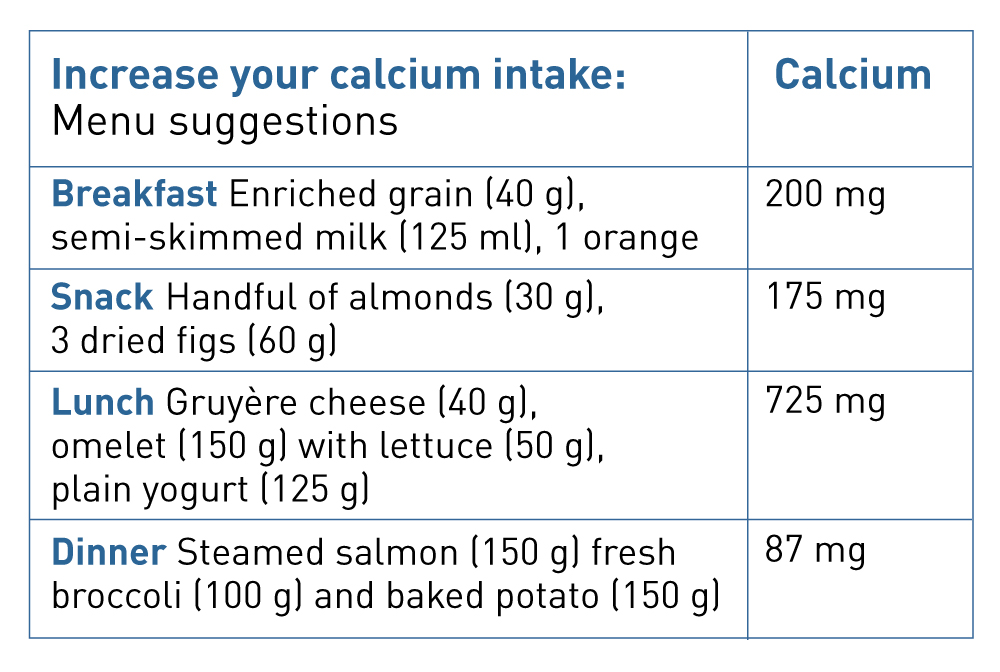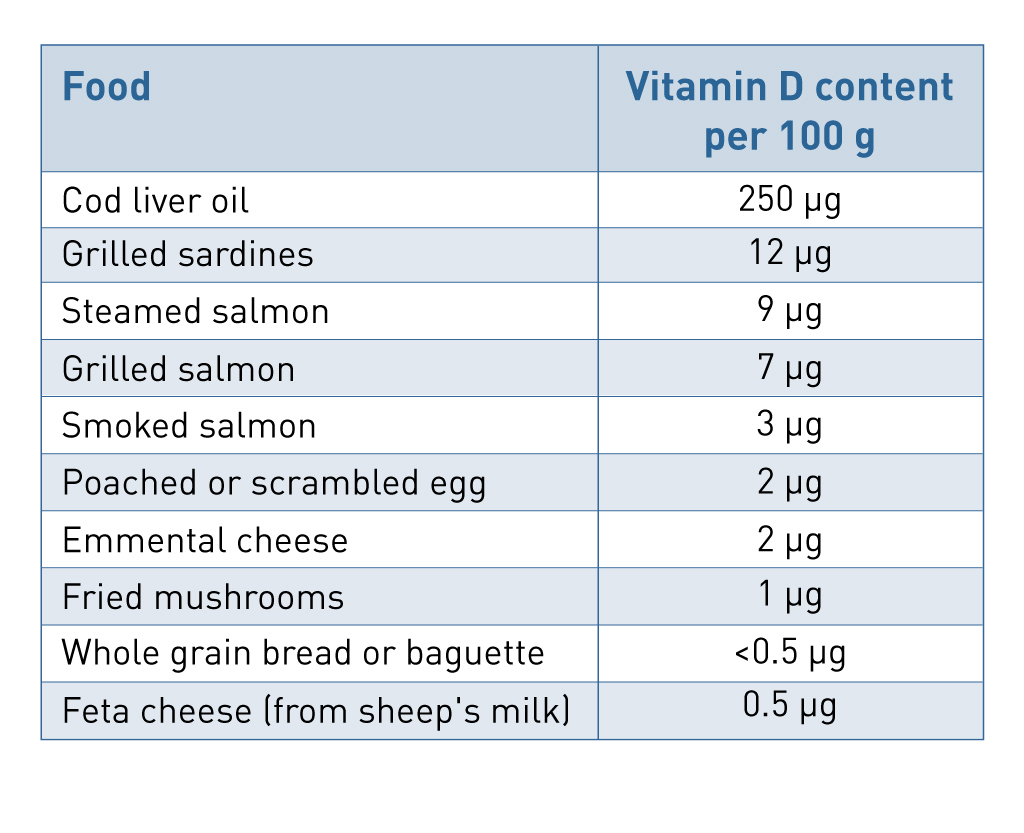 Menu
Menu
How to treat
Osteoporosis??
How to treat osteoporosis?
Osteoporosis is a long term condition that should be treated. The treatment, combined with a healthy lifestyle, such as a healthy diet and staying active, helps to strengthen your bones1.
5 action points for stronger bones1
A healthy lifestyle can positively contribute to keeping your bones strong. If you have osteoporosis, a healthy lifestyle alone does not suffice. It is also important to continue your treatment, as prescribed by your doctor.
To keep your bones strong, a healthy lifestyle, a diet rich in calcium and physical activity play an important role.
Specific drugs to treat osteoporosis can significant reduce the risk of fractures (30 to 70% reduction of the risk of spinal column fractures, 15 to 20% for non-spinal column fractures and up to 40% for hip fractures).1 The treatments inhibit the cells that degrade the bone or stimulate the cells that produce the bone.1 Doctors choose the treatment that best meets the needs of the patient, given his/her age, gender, risk factors, fracture history and the presence of other disorders.2
1. Being physically active1,3
Exercise helps to keep your bones strong.
Activities in which the own body works as a weight or working with extra weights are especially good for women with osteoporosis.
By lifting weights, the muscles and tendons pull on the bones, thereby stimulating the bone cells to strengthen themselves. A simple thing like climbing the stairs can provide the stimulation needed to strengthen your bones.
Activities that improve your balance and co-ordination turn out to be useful to reduce the risk of falls.
There are numerous exercises you can do at home. If you are currently not exercising much, start slowly but surely.
Depending on your condition, you can try to exercise approximately 30 minutes every day of the week. You can also choose to take shorter sessions. The table below shows a number of activities, distributed over a week's time, which can easily help to increase the total number of minutes of physical exercise.

The main thing is that you find something you like doing and that you don't give up. You will quickly experience the benefits.
Ask your doctor which exercises are suitable for you.
The table below provides a few tips for activities and these can help you to strengthen your bones and improve your balance. .

You will exercise more if you find an activity you really like, and that fits in your daily routine. If, for example, you meet with a friend, why not walk instead of drive, or join a dance group where you can meet people and have fun.
It is important that you continue your osteoporosis treatment (as long as it is recommended by your doctor) to reduce the risk of fractures.
Nutrition rich in calcium and vitamin D1,4
You probably know that a diet rich in calcium and vitamin D is important when you have osteoporosis.
Calcium
Calcium plays an important role in keeping the bones and teeth strong.
The recommended daily amount of calcium for a person with osteoporosis is 1200 mg/day.

Vitamin D
Vitamin D keeps the bones strong, helps the body absorb the calcium and contributes to healthy muscles. The recommended daily amount of vitamin D for women with osteoporosis is 20 µg or 800 IU (international units).
A good way to get a sufficient amount of vitamin D is to sit outside in the sun every day for a little while (10 to 15 minutes in the sun with exposed face, arms and hands).
However, after the age of 60, the skin's capacity to produce vitamin D diminishes, and so you must find other sources of vitamin D.
The choice of foods rich in vitamin D is limited. This is why vitamin D supplements are the best way for post-menopausal women to receive the recommended daily amount.
You can discuss this with your doctor.
Vitamin D helps our body to absorb calcium from the food we eat. For post-menopausal women, vitamin D supplements are the best way to get the recommended daily amount.

3. Maintain a healthy body weight.1
Being underweight can increase the risk of fractures when you fall. The risk of fracture is almost twice as much when comparing with women with a Body Mass Index (BMI) of 20 kg/m2 and 25 kg/m2.

4. Quit smoking.
Smoking is associated with an increased risk of fractures.1
5. Drink alcohol in moderation.
Excessive alcohol consumption is a significant risk factor for osteoporosis and fractures. Try not to drink more than two glasses of wine or beer per day6.
Learning to avoid falls can help prevent fractures.7
A safe environment at home and maximum precaution in the street, as well as correct postural education, are needed to reduce occurrence of fractures.7
Avoid having obstacles at home to reduce probability of tripping and falling Having good lighting in rooms Keeping rugs tightly secured to the floor Wearing low-heel, slip-resistant shoes Not walking around in socks, stockings or flip-flops Installing rails on stairways and making sure that they are well lit Installing rails in the tub and use a rubber bath mat.7
- www.iofbonehealth.org/osteoporosis last accessed on September 20, 2017.
- Hernlund E. Arch Osteoporos. 2013;8:136.
- National Osteoporosis Society, Exercise and osteoporosis, https://nos.org.uk/about-osteoporosis/prevention-are-you-at-risk/factsheets/exercise-and-osteoporosis.
- Ciqual French food composition table version 2013.
- National Osteoporosis Society, Exercise and osteoporosis, 2014; 1-60.
- https://www.who.int/chp/topics/Osteoporosis.pdf.
- Kanis JA, Burlet N, Cooper C, et al. European guidance for the diagnosis and management of osteoporosis in postmenopausal women. Osteoporos Int. 2008;19:399-428.
PR-PRO-LBN-000045 Dec 18